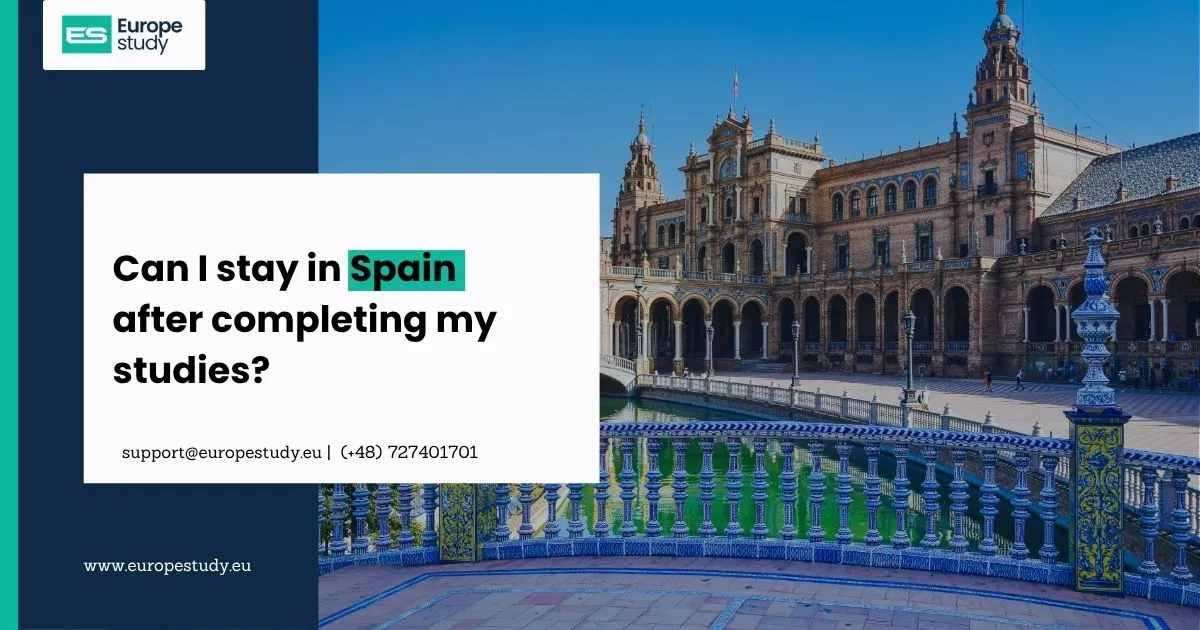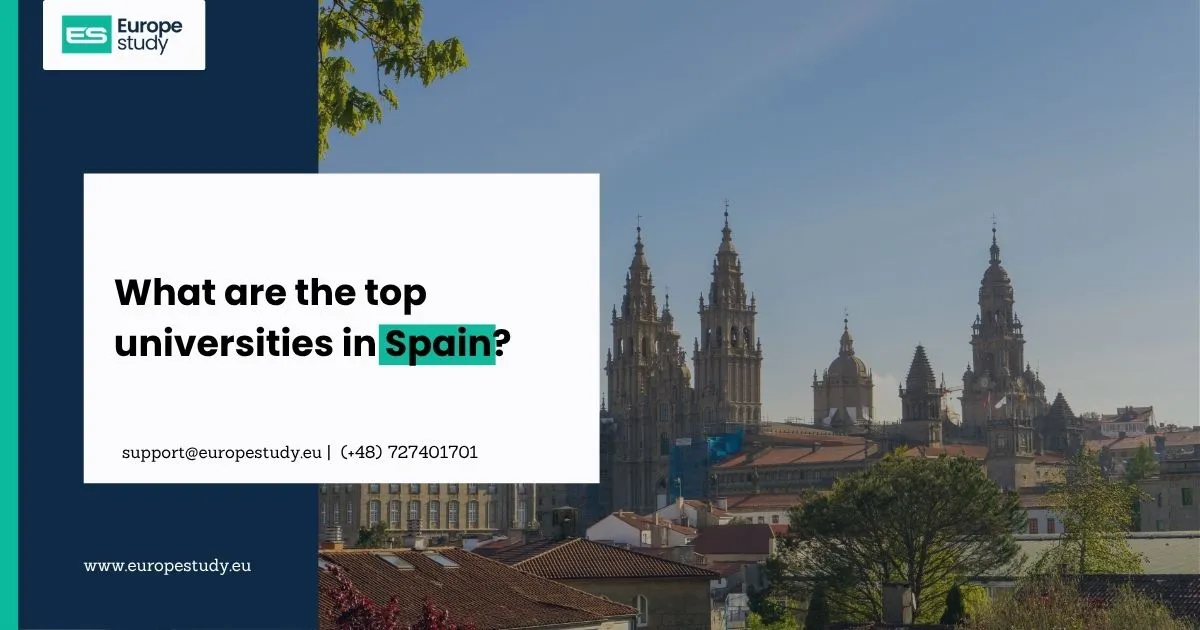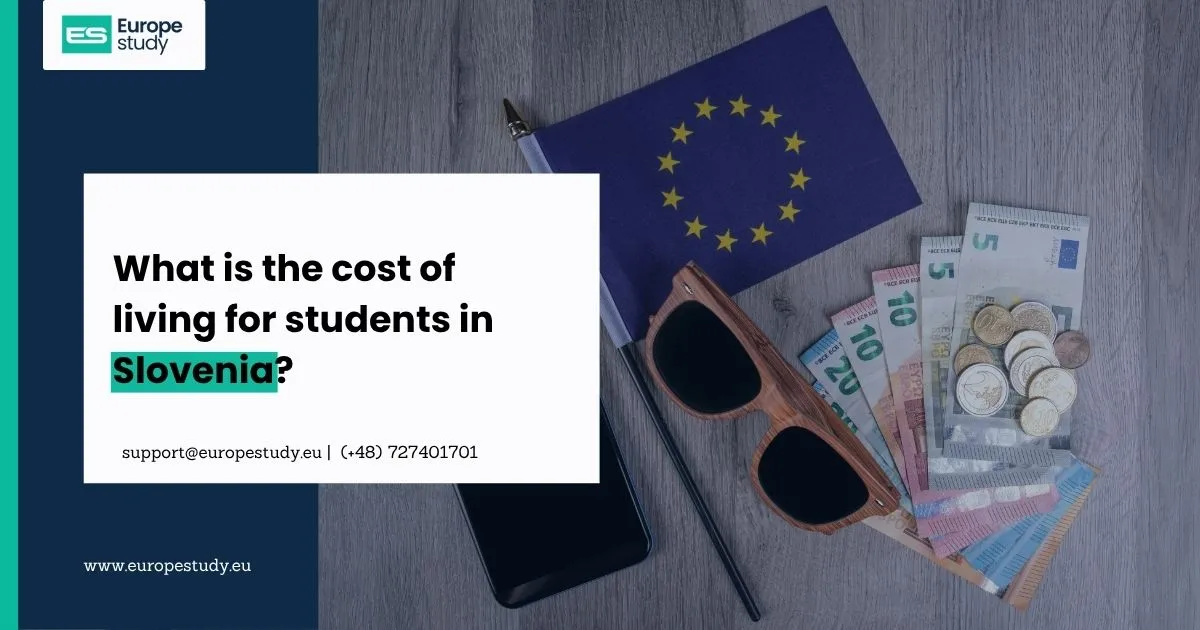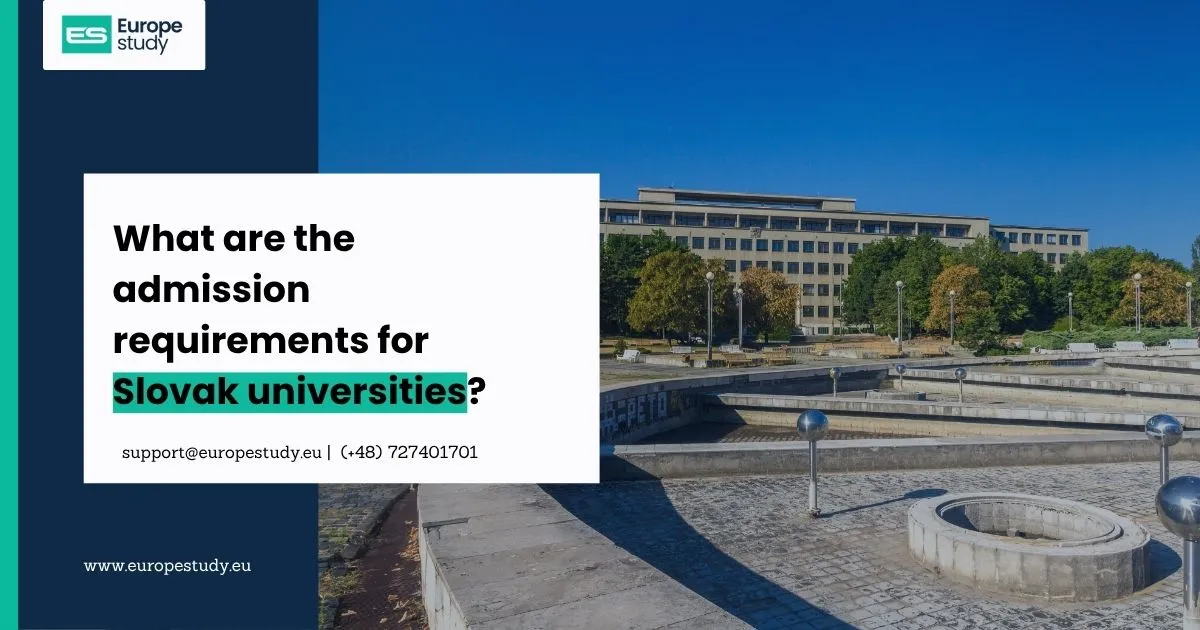
Spanish Education System
The Spanish education system is one of the most structured in Europe, offering a combination of public, private, and international schools. It is designed to provide quality education for students from early childhood to higher education. If you are planning to study in Spain or move with your family, understanding how the education system works is essential.
Structure of the Spanish Education System
The education system in Spain is divided into several stages:
1. Early Childhood Education (Educación Infantil)
-
Age: 0 to 6 years
-
Stages:
-
First cycle: 0–3 years (optional)
-
Second cycle: 3–6 years (free in public schools)
-
-
Focus: Social, emotional, and cognitive development
2. Primary Education (Educación Primaria)
-
Age: 6 to 12 years
-
Duration: 6 years
-
Subjects: Spanish language, mathematics, natural sciences, social sciences, foreign languages, arts, and physical education
-
Compulsory: Yes
3. Secondary Education (Educación Secundaria Obligatoria – ESO)
-
Age: 12 to 16 years
-
Duration: 4 years
-
Purpose: Prepares students for either higher education or vocational training
-
End of ESO: Students receive a certificate allowing entry into Bachillerato or vocational courses
4. Post-Compulsory Education
-
Bachillerato:
-
Age: 16 to 18 years
-
Duration: 2 years
-
Purpose: Prepares students for university entrance exams (Selectividad)
-
-
Vocational Education (Formación Profesional):
-
Offers practical training in specific fields like healthcare, IT, or mechanics
-
5. Higher Education
-
Universities in Spain offer:
-
Bachelor’s Degrees (Grado): 4 years
-
Master’s Degrees: 1–2 years
-
Doctorate Programs: 3–5 years
-
-
Many universities provide English-taught programs, making Spain an attractive destination for international students.
Language of Instruction
-
Most public schools teach in Spanish (Castilian), but regional languages like Catalan, Basque, and Galician are used in certain areas.
-
Private and international schools offer bilingual or English-based education.
Grading System in Spain
-
0 to 10 scale:
-
9–10: Outstanding (Sobresaliente)
-
7–8.9: Good (Notable)
-
5–6.9: Pass (Aprobado)
-
Below 5: Fail (Suspenso)
-
Public vs Private Education
-
Public Schools: Free, government-funded, Spanish language-based
-
Private Schools: Fee-paying, often bilingual or international curriculum
-
Concertado Schools: Semi-private schools funded partly by the government and partly by parents
Key Features of the Spanish Education System
-
Free education is guaranteed from 6 to 16 years
-
Strong emphasis on languages and cultural studies
-
Multiple pathways after secondary school (university or vocational training)
Advantages for International Students
-
Affordable tuition compared to other European countries
-
Availability of English-taught programs at top universities
-
Rich cultural experience and opportunities to learn Spanish
The Spanish education system is well-structured, offering high-quality learning opportunities from early childhood to university level. Whether you are an expat family or an international student, Spain provides excellent options for academic growth and cultural enrichment.





